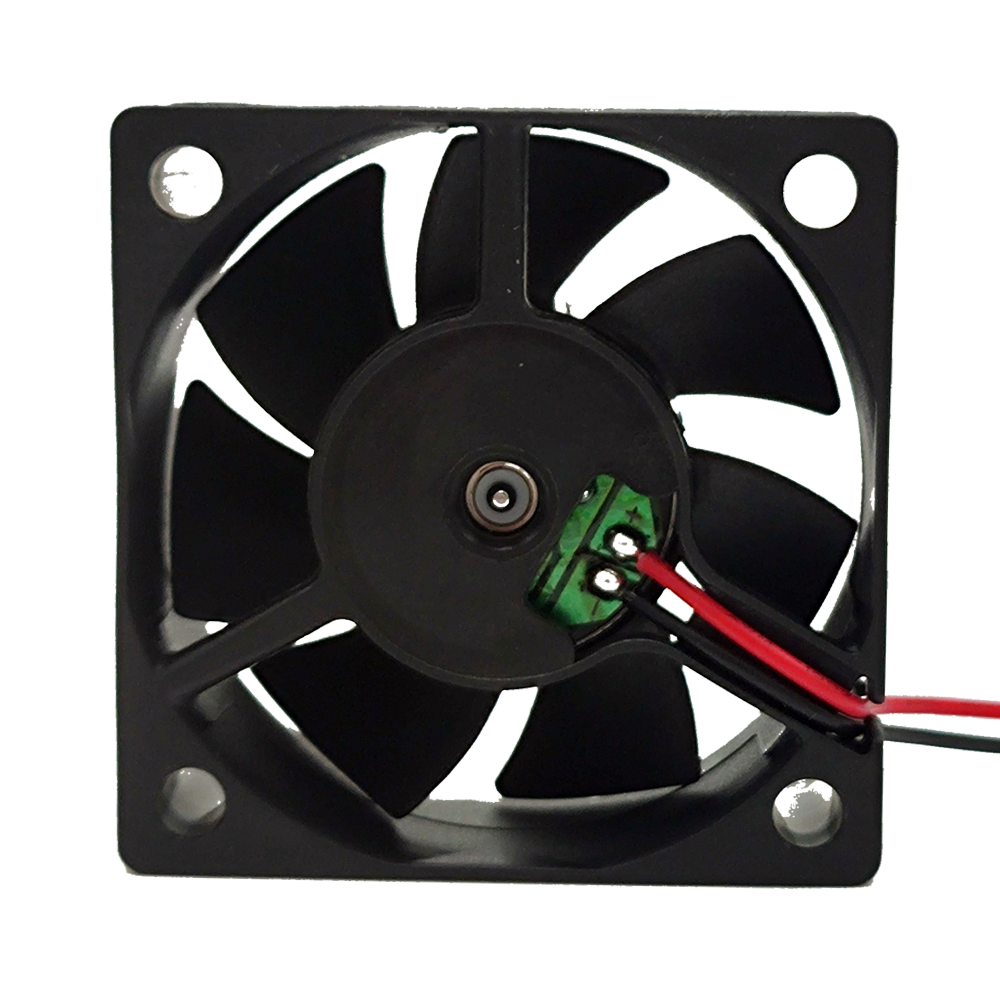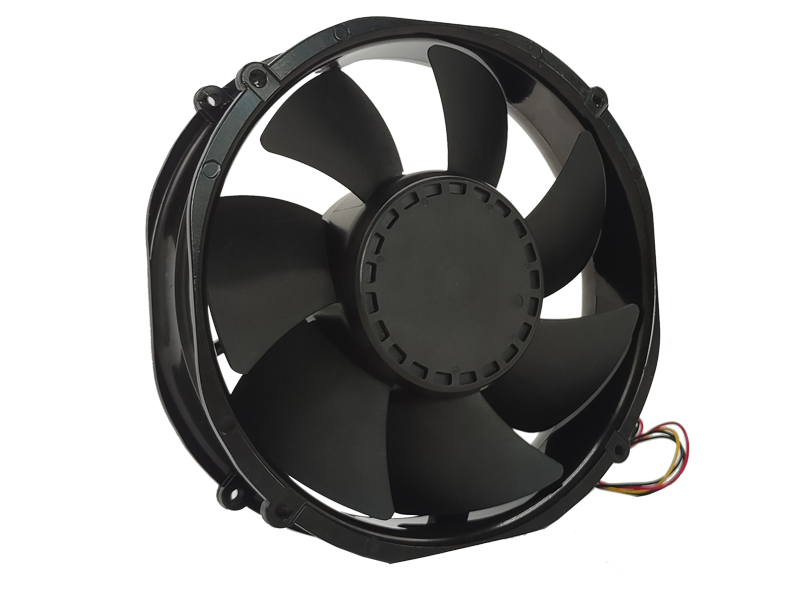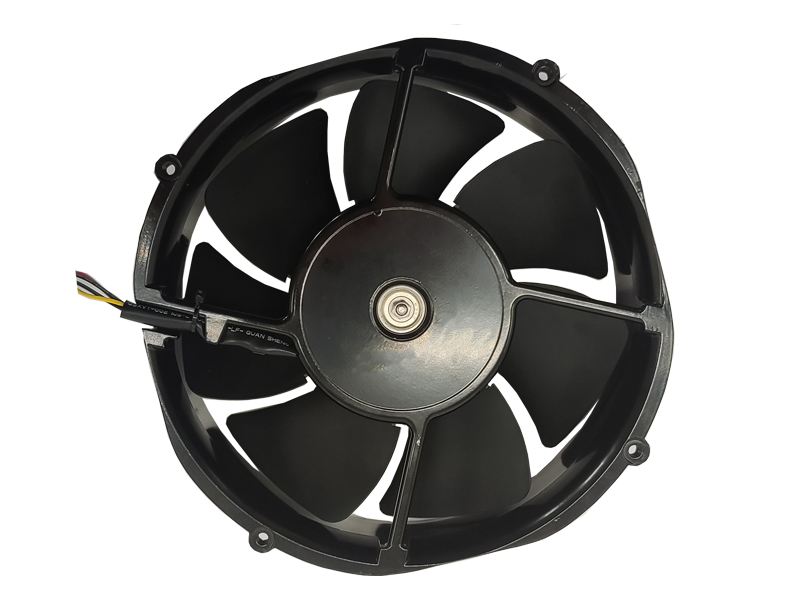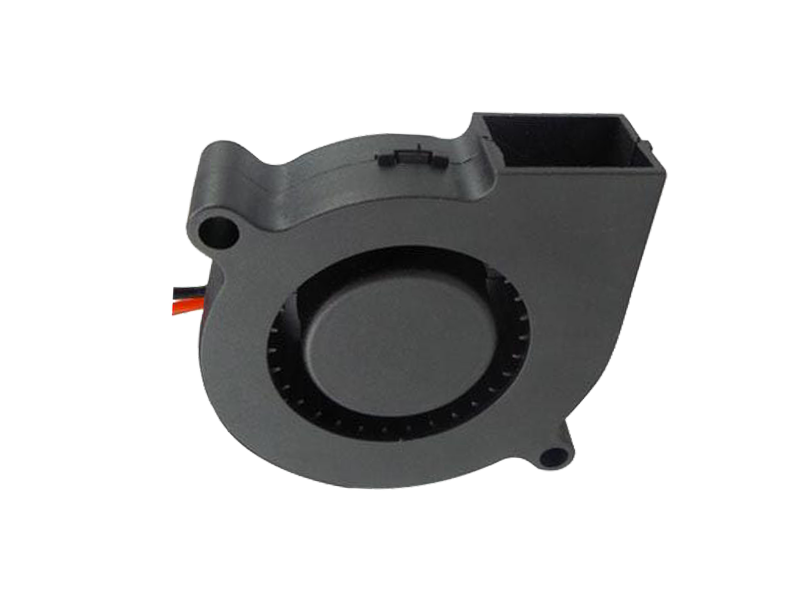Industrial fans are crucial components in a variety of industries, including manufacturing, agriculture, construction, and energy production. These fans are responsible for ventilating large spaces, maintaining air circulation, and cooling equipment. Over the years, industrial fan design and technology have evolved, responding to changing environmental needs, regulatory standards, and consumer demands. Today’s industrial fans need to be more energy-efficient, durable, and capable of withstanding harsh conditions, while also delivering superior airflow performance.
This article will explore the evolution of industrial fan technology, focusing on innovations in design, materials, and energy efficiency that have shaped the modern industrial fan. It will also look at how manufacturers can balance performance, sustainability, and cost-effectiveness in their product offerings.
I. Historical Overview of Industrial Fans
Early Industrial Fan Designs
In the early days of industrialization, fans were relatively simple devices powered by steam engines or manually operated. These early fans primarily focused on basic ventilation needs. They were often bulky and inefficient, requiring significant amounts of energy to operate, which made them less cost-effective.
Introduction of Electric Motors
The advent of electric motors revolutionized the design of industrial fans. Electric-powered fans allowed for more precise control over fan speed, resulting in improved air circulation and energy efficiency. By the early 20th century, electric industrial fans became standard in many industries, replacing older mechanical or steam-powered models.
II. Design Innovations in Modern Industrial Fans
Aerodynamic Blade Design
One of the most significant design innovations in modern industrial fans is the aerodynamic blade shape. Blade design has a direct impact on fan performance, particularly in terms of airflow and energy consumption. By optimizing blade angles and materials, manufacturers can significantly improve the efficiency of their fans.
Advanced blade designs, such as those inspired by aircraft wings, have enabled industrial fans to generate higher airflow with less energy consumption. These designs minimize drag and maximize the fan’s ability to move air over long distances, which is particularly important in large industrial spaces.
Variable Speed Control
Variable speed control has become a game-changer in industrial fan technology. With the ability to adjust fan speeds based on environmental conditions or operational requirements, businesses can optimize energy usage. For instance, in environments where airflow needs fluctuate throughout the day, variable speed control allows the fan to operate at lower speeds when high airflow is not needed, saving energy without sacrificing performance.
Moreover, variable speed fans help extend the lifespan of the fan motor by reducing wear and tear associated with constant high-speed operation.
Energy Efficiency and Sustainability
As global energy consumption continues to rise and sustainability becomes a priority for businesses, energy-efficient industrial fans are in high demand. Advances in motor technology, such as the use of brushless DC motors, have helped to reduce power consumption without compromising performance. These motors require less energy to operate, have fewer moving parts, and have a longer lifespan compared to traditional AC motors.
Manufacturers are also increasingly focusing on the use of eco-friendly materials in the production of industrial fans. The use of recyclable metals, low-VOC (volatile organic compounds) coatings, and sustainable manufacturing practices are becoming more prevalent.
III. Durability and Reliability in Harsh Environments
Materials Selection
Industrial fans are often exposed to extreme conditions, such as high temperatures, corrosive chemicals, and heavy dust or debris. To ensure reliability in such environments, manufacturers must select materials that can withstand these harsh conditions. Materials like corrosion-resistant stainless steel, fiberglass, and aluminum are commonly used for fan blades and housings, ensuring longevity and reliability.
Protection Against Environmental Stressors
Many industrial fans are equipped with protective features, such as weather-resistant coatings, sealed bearings, and moisture-proof components. These features prevent damage from humidity, dust, and extreme temperatures, ensuring that the fan continues to perform at optimal levels even in the most challenging environments.
IV. Market Trends and Future Directions
Integration with Smart Technologies

The future of industrial fans lies in smart technology integration. IoT (Internet of Things)-enabled fans can be remotely monitored and controlled through cloud-based platforms. Sensors can track real-time data on temperature, humidity, and airflow, allowing for predictive maintenance and more precise operation.
These smart fans not only optimize performance but also provide valuable data to plant managers, helping them make data-driven decisions that improve overall operational efficiency and reduce downtime.
Noise Reduction Technologies
Noise pollution in industrial facilities can be a significant issue, especially in environments where workers are in constant proximity to large, high-speed fans. Manufacturers are now investing in noise reduction technologies to make their products more comfortable for users. Acoustic dampening materials and quieter fan designs are reducing noise levels without sacrificing airflow or efficiency.
Conclusion
The evolution of industrial fan technology has been driven by the need for higher performance, energy efficiency, and sustainability. By embracing innovations in blade design, variable speed control, and smart technologies, modern industrial fans are becoming more efficient and capable of meeting the diverse demands of various industries. As manufacturers continue to innovate and adapt to changing market conditions, the future of industrial fans looks promising, with a continued focus on energy conservation, reliability, and advanced functionality.
Recommended Products

The main purpose:Car charging station

The main purpose:Car charging station

The main purpose:Electronic refrigerators, water dispensers, direct drinking machines, inverter power supplies
Address:No. 4137, Longgang Avenue (Henggang Section), Henggang Community, Henggang Street, Longgang District, Shenzhen
hotline:13530005572(Chen)15112579390(Li)


Welcome all friends to come for consultation and negotiation.
Copyright 2024 @ Shenzhen Youneng Xinyuan Electronics Co., Ltd.,(industrial fans,industrial blowers,axial fans,cooling fans manufacturer,centrifugal fans,ac cooling fans,dc cooling fans)